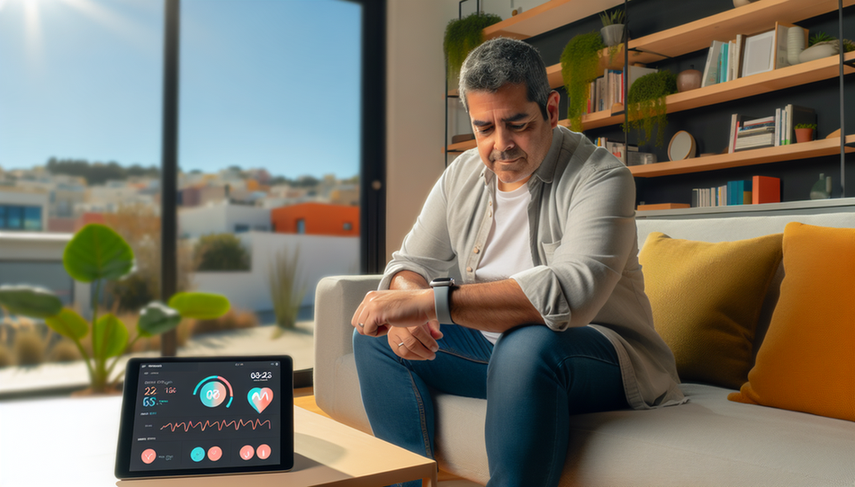Wearable Devices: Remote Tracking for Chronic Disease Monitoring and New Opportunities in Health Apps and IoT

In the last decade, wearable devices have transformed the landscape of chronic disease monitoring. These devices, ranging from smartwatches to implantable sensors, enable continuous remote tracking of critical physiological parameters, providing physicians with a more detailed and real-time view of their patients' health status. The integration of these technologies into daily clinical practice not only enhances the management of chronic diseases but also opens new opportunities for personalized and proactive care through health apps.
Diving Deeper into Remote Monitoring
The use of health apps and wearable devices has proven particularly beneficial in managing cardiovascular and pulmonary diseases. For instance, in the context of heart failure, remote monitoring devices can detect hemodynamic changes before clinical symptoms arise, allowing for early interventions that can prevent hospitalizations. Similarly, in chronic obstructive pulmonary disease (COPD), monitoring parameters such as heart rate and oxygen saturation can help predict acute exacerbations, thereby improving patient quality of life.
Moreover, Internet of Things (IoT) technology has enabled the creation of integrated monitoring systems that collect data from multiple devices, providing a holistic view of patient health. A recent study on digital medicine and remote monitoring in cardiac electrophysiology highlights how these technologies can enhance patient satisfaction and reduce healthcare costs by minimizing the need for in-person visits.
Conclusions
The advancement of wearable devices and remote tracking represents a revolution in the management of chronic diseases. However, to maximize their potential, it is crucial to address challenges such as data security and equity in access to these technologies. As we continue to integrate these tools into healthcare, we must ensure that all patients, regardless of their location or socioeconomic status, can benefit from these innovations.
Referencias
- [1] Chronic disease management in heart failure: focus on telemedicine and remote monitoring
- [2] Remote patient monitoring strategies and wearable technology in chronic obstructive pulmonary disease
- [3] Digital Medicine and Evolution of Remote Patient Monitoring in Cardiac Electrophysiology: A State-of-the-Art Perspective
Created 13/1/2025
